In part one of this blog I wrote about some of the amazing historic buildings we visited when making three case study films with the City of London Corporation. Read on as the tour continues!
Having visited the classical wonders of Mansion House, it was then time to return to the Guildhall complex where we filmed inside the Guildhall Art Gallery. This is a more recent build, having been completed in 1999, and contains over 1300 pieces of artwork that the CoLC has commissioned and collected since 1670. Sadly, the original gallery was destroyed in the Blitz, along with 164 works of art. The centrepiece of the updated collection is John Singleton Copley’s massive painting, The Defeat of the Floating Batteries at Gibraltar.
From written records describing its early function as a City Hall, we know that the original Guildhall dates back to the 12th century. But sitting beneath the Guildhall Yard is a site far older. In 1988, during preparations for the Art Gallery Building project, archaeologists made an incredible discovery: London’s only Roman amphitheatre was located in the Yard! And in 2002, for the first time in nearly 2000 years, the gates to this site were opened. Dating back to AD 70, the amphitheatre was used for public events such as gladiator games, animal fighting and the popular pastime of the public execution of criminals. Indeed, as we were shown around the attraction (entry is free), a very helpful guide pointed down to the glass-covered trenches beneath our feet. These were ‘sluice tunnels’, designed to let the human and animal remains flow outside.
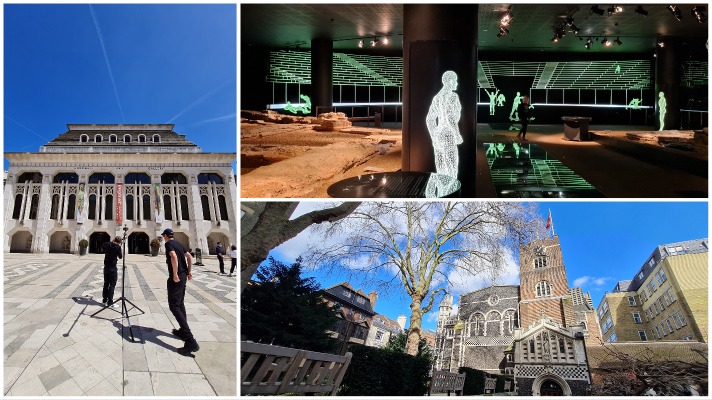
Guildhall Art Gallery, the Roman amphitheatre and the church of St. Bartholomew the Great
The CoLC isn’t just concerned with preserving traditions and ancient buildings. It also has social housing needs to administer. On the second day of the shoot we visited Avondale Square, off the Old Kent Road, to meet elderly residents who have benefited from our Freedor overhead door closers. The weather had improved, with brilliant sunshine giving us a foretaste of 2022’s heatwave. As we arrived, the filmmakers were setting up to film Carl, the Scheme Manager, who sang the praises of Freedor when I interviewed him. It was great to then meet Roy and Diane to get their perspective, as they both struggled with heavy fire doors in their flats until the CoLC reached out to Fireco.
Find out what these residents have to say about their experience with Freedor here.
Afterwards, we enjoyed a bit of sun as the chaps from Brighton Video Production used a jib to get some nice, sweeping exterior shots. Then it was over to the Barbican complex, a ten-minute walk from Guildhall. For the uninitiated, the Barbican is also a must-see destination when visiting the capital. The Brutalist architecture of its housing projects, public spaces and Art Centre sits at odds with the traditional church of St Giles Cripplegate, which sits dwarfed by the surrounding high-rises, adjacent to the remains of Roman walls. The Barbican Estate feels like a city within a city, with the City of London Girls’ School and the Arts Centre sitting opposite each other in wide, relaxing spaces divided by a lake. Both of these facilities use our products and it was a pleasure to take advantage of the blue skies and get some great footage.
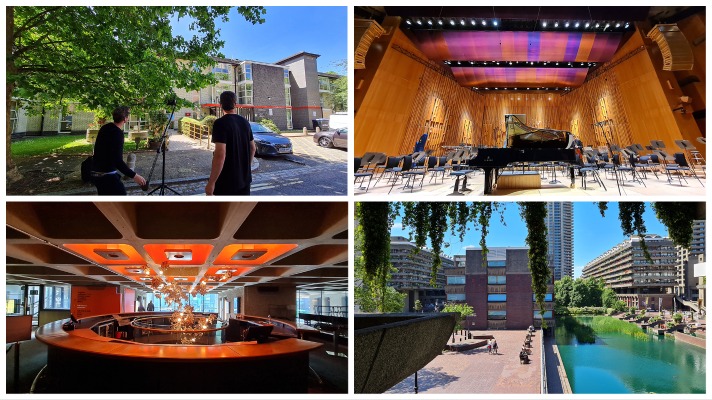
Clockwise: filming at Avondale Square Estate, the Barbican Theatre, Estate and Centre
We then met Mo Reideman, the Centre Manager, who treated us to a visit to the beautiful 1154-seat theatre. As we were led into the theatre, we could hear the sounds of musicians rehearsing. We soon learned that this was the BBC Symphony Orchestra warming up for a concert that was being broadcast on Radio 3 that night. Like I said in part one of this blog, it can be a real surprise discovering what’s on the other side of a door in this job!
Speaking of musicians, on our first visit to the Barbican during pre-filming, James took me to the church of St Bartholomew the Great, which sits nearby in the heart of the Smithfield area. It’s regarded by many to be the oldest parish church in London, dating back 900 years to 1123! When we arrived, we were greeted by the strains of Vivaldi’s Four Seasons being played by local music students and it was quite moving to experience this in the surroundings of what was once an Augustinian Priory. Apparently, the musicians perform most lunchtimes at one o’clock so do try and visit around this time if you can.
The church was built when Henry I, son of William the Conqueror, was the King of England. Renowned for its Romanesque architecture, it’s appeared in many films such as Four Weddings and a Funeral and Shakespeare in Love and is located a stone’s throw from Smithfield Market, the largest and oldest meat market in the country.
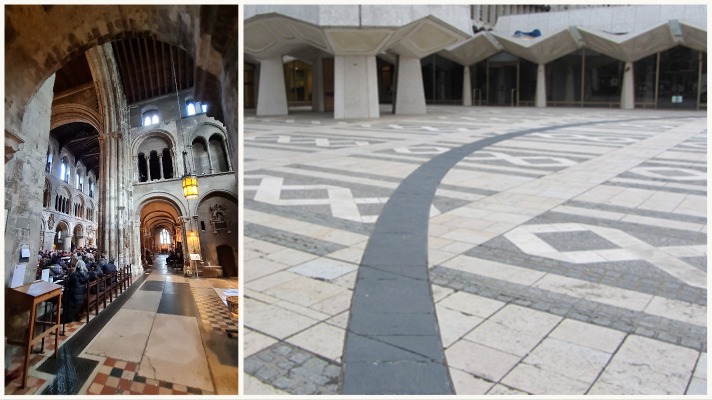
Inside St Bart’s church and black slate marking the perimeter of the Roman amphitheatre in Guildhall Yard
Once known as Smoothfield because it was a large, open plain; in the 12th century it was used as a recreational area where jousts and tournaments took place. By the early 13th century it was a place where criminals were executed, and it was here that Wat Tyler, the leader of the peasant’s revolt was killed, as well as Scottish hero William Wallace. For over 700 years, it was also the site of the Bartholomew Fair – three days of merrymaking which enhanced its reputation as ‘the most debauched and drunken holiday in the calendar,’ until its demise in 1855.
Back at the Barbican Centre, we were then given access to the conservatory, home to around 1500 species of plants and trees, which is the second largest in London after the Prince of Wales conservatory at Kew. And then, after two very full and invigorating days, it was time to wrap things up in anticipation of the next stage of production; the editing process.
Fireco would like to thank Terence and Paul at the City of London Corporation for all their help and hospitality during the process of producing these films. Now complete, we’re very happy to be able to share them with our customers and peers. It was inspiring to visit these fascinating sites and to hear Terence discuss how important fire safety is to his organisation, especially as the City of London has been at the forefront of fire safety legislation since Roman times. Like the CoLC, if you’re looking for innovative products to use across your portfolio, you know you can rely on Fireco to meet this demand.
Find out how the Fireco products and services mentioned in these blogs can help you, on 01273 320650

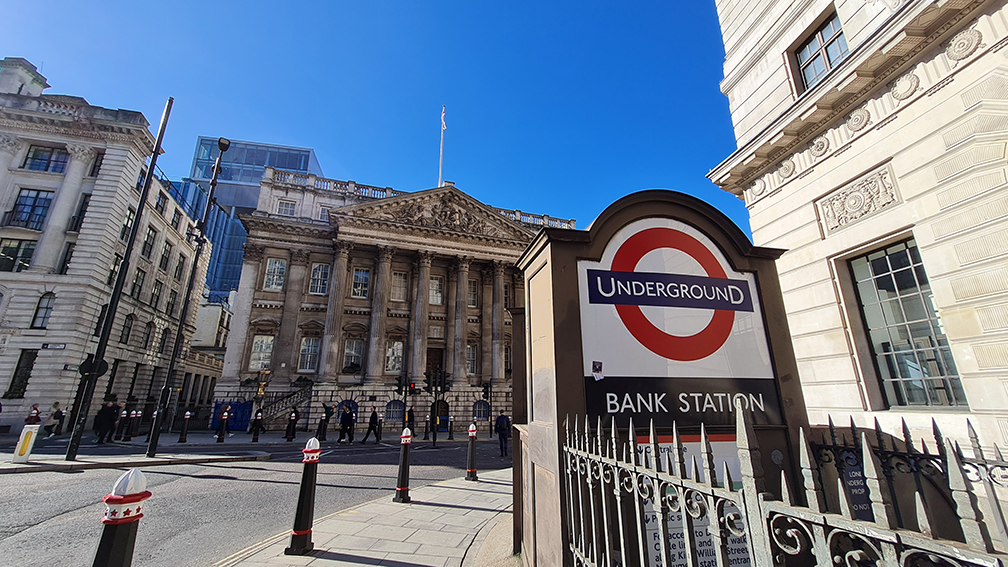
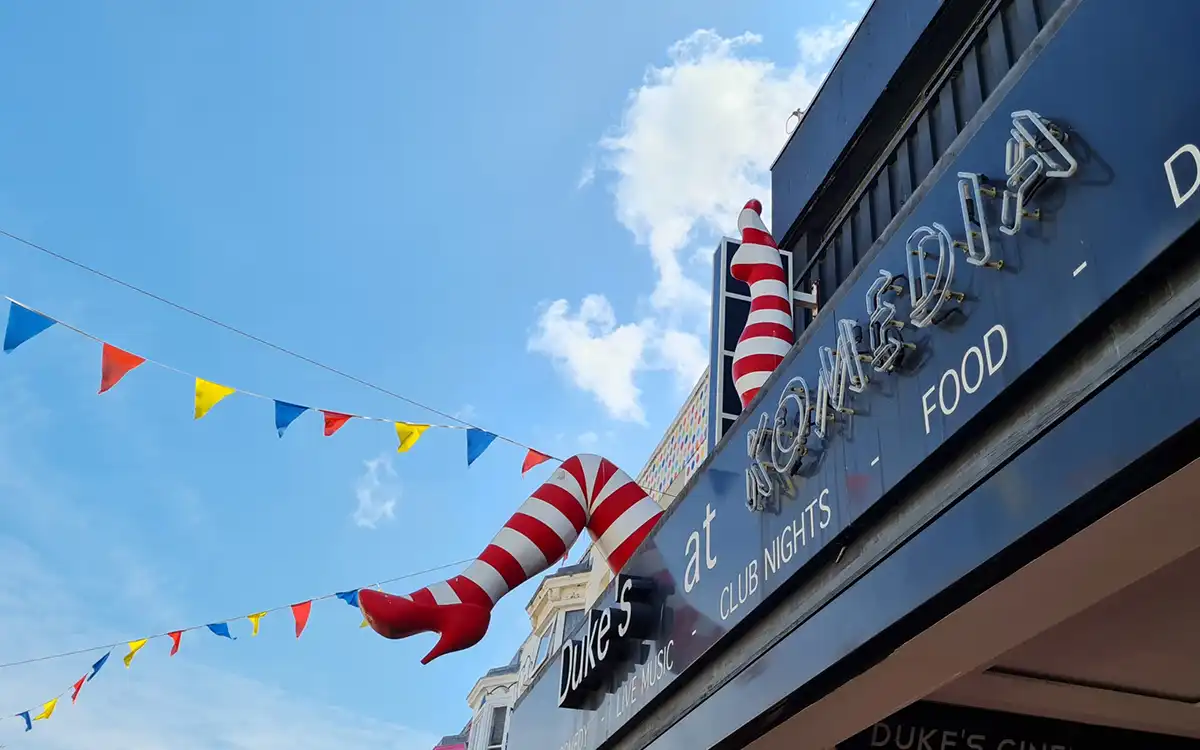


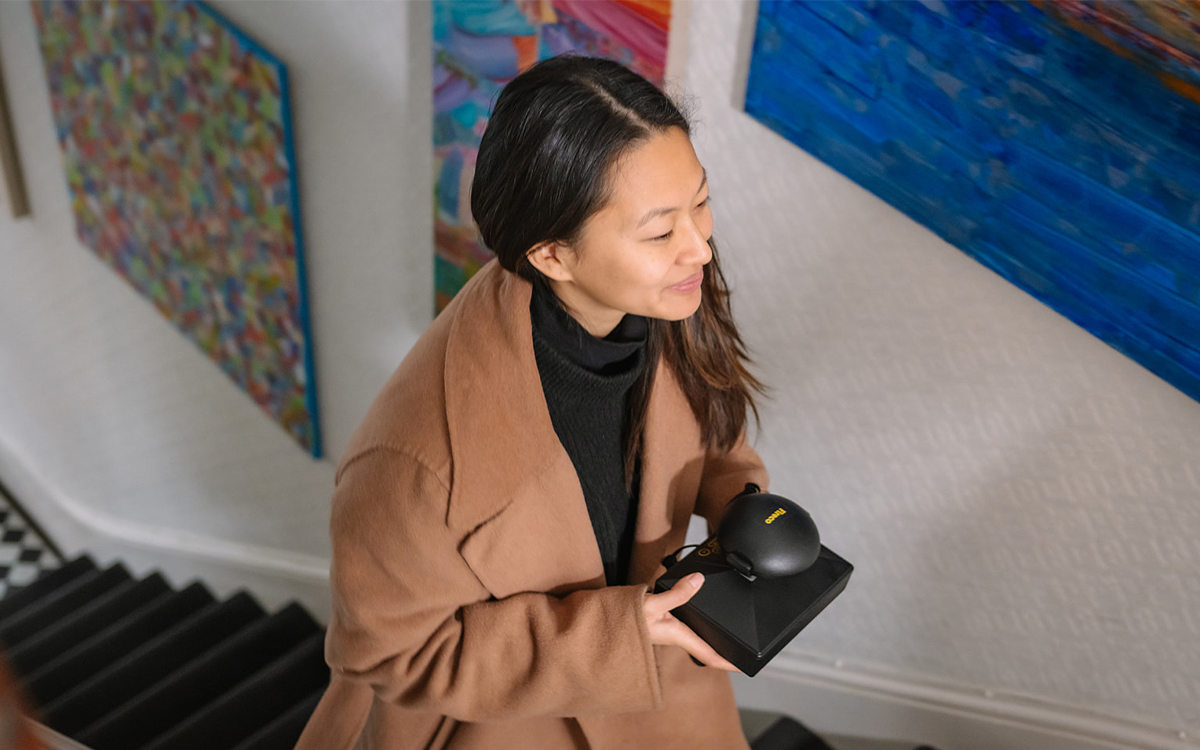

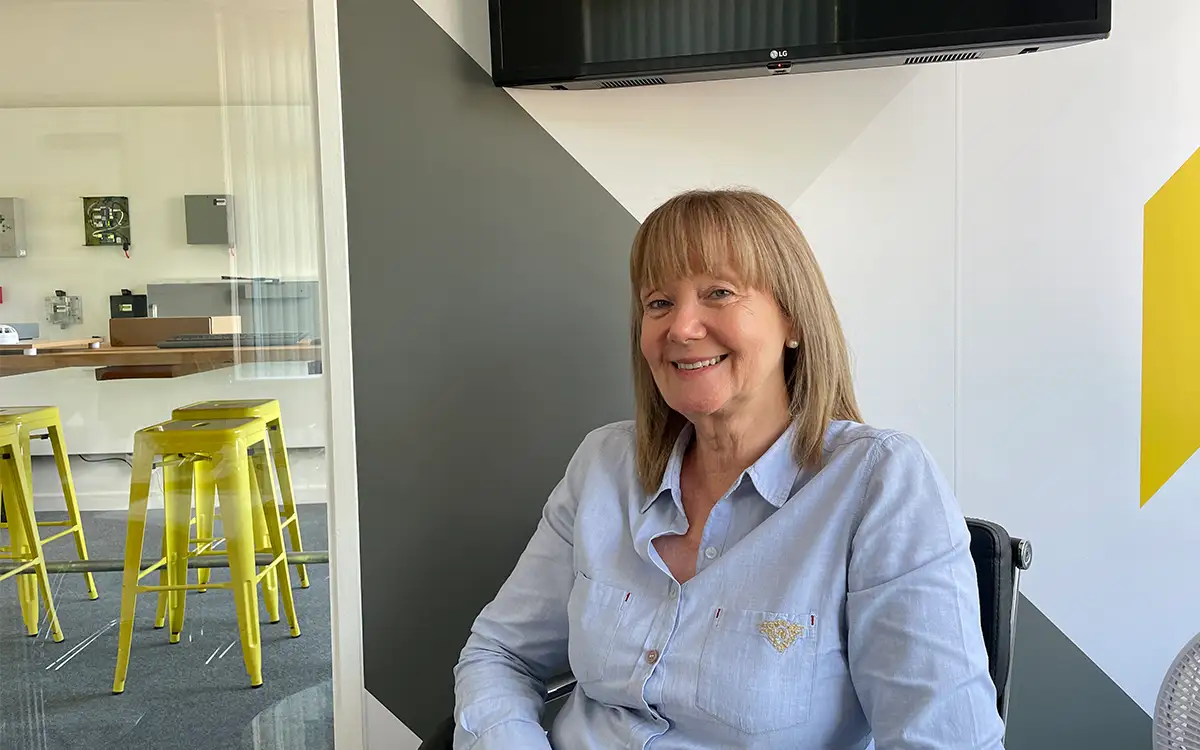
0 Comments